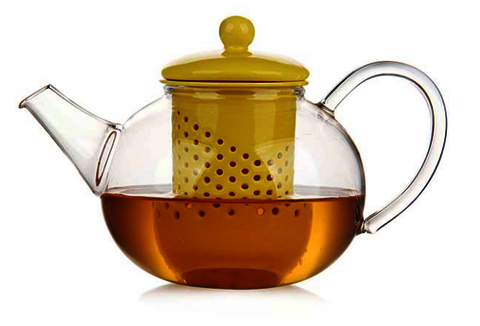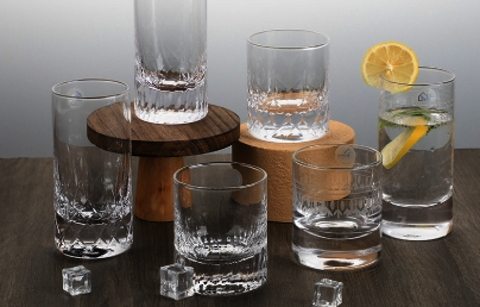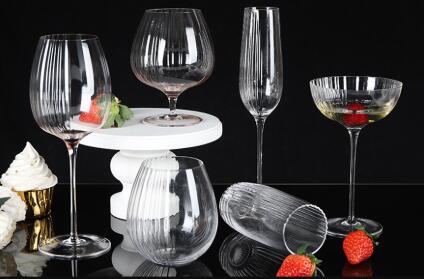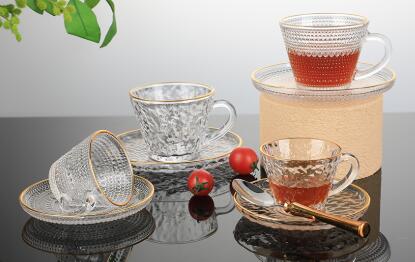About glass teapots and how to clean glass teapots
Pulished on Apr. 13, 20191) About glass tea pots
Glass teapots are divided into ordinary glass teapots and heat-resistant glass teapots. Ordinary glass teapot is exquisite and beautiful, the material is ordinary glass, and the heat resistance is 100 - 120 degrees. Heat-resistant glass teapot is made of high borosilicate glass. It is generally manually blown with low yield and has higher price than ordinary glass.
Generally, it can be boiled under direct fire, and its temperature resistance is about 150 degrees. It is suitable for direct boiling of beverages and foods such as black tea, coffee, milk, etc. It is also suitable for making various green tea and scented tea with boiling water.
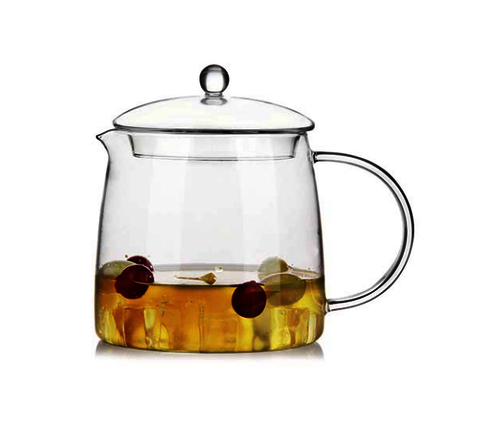
2)Characteristics of Heat-resistant Glass Teapot Products
The transparent glass material, with meticulous manual technology, makes the teapot always show a touching glory inadvertently, which is attractive.
The glass of general utensils does not contain antimony and other metal oxides. It fully conforms to the world standard of flower teapot. The commonly used aluminium, enamel and stainless steel can avoid the harm caused by aluminium, lead and other metals to human body.
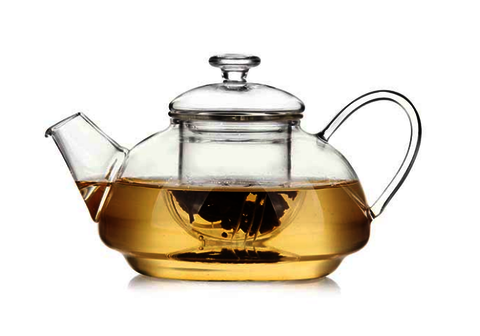
3)The Structure of Glass Teapot
Generally speaking, glass teapot is composed of three parts: the body, the lid and the filter screen. The Chinese teapot body is composed of the main body, the handle and the spout. Generally, the spout part of the glass teapot is also equipped with a filter screen to filter tea chips. Glass teapots are made of glass. At present, most of the teapots are made of heat-resistant glass, and the filter screen and lid are made of heat-resistant glass or stainless steel. Whether they are high borosilicate glass or stainless steel, they are food-grad materials. Consumers can safely drink.
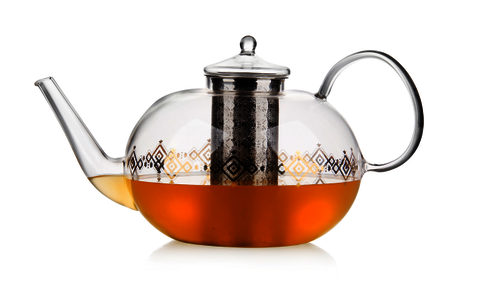
4)How to clean glass teapots
Tea rust on cups can be wiped off with salt and toothpaste. First, wet the cleaning tools such as gauze or paper towel, then dip a small amount of salt in the wet gauze, and wipe the tea rust in the cup with the gauze dipped in salt. The effect is very remarkable. Squeeze toothpaste on the gauze and scrub the stained tea cups with toothpaste. If the effect is not significant, you can squeeze more toothpaste to wipe. Rinse the tea cups with salt and toothpaste and use them.
